Can Hamas Military Wing Be Eradicated?
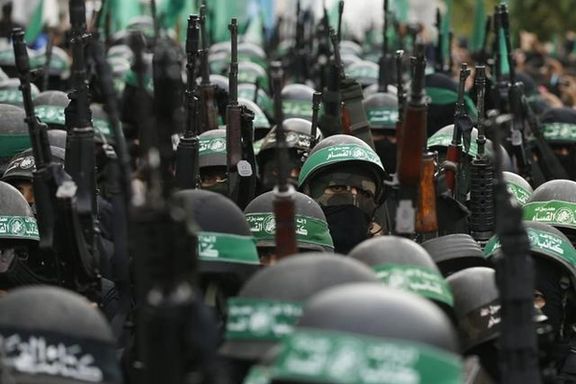
You don’t find many saying it loud, but Hamas might not be eradicated unless its military wing the Qassam Brigades is completely dismantled.

You don’t find many saying it loud, but Hamas might not be eradicated unless its military wing the Qassam Brigades is completely dismantled.
What Is Izz Ad-Din Al-Qassam Brigades?
In the emblem of the Izz ad-Din al-Qassam Brigades, a Hamas-style soldier is depicted, holding a rifle in one hand and the Quran in the other looking toward the Dome of the Rock. The flag next to the soldier reads "There is no God but Allah" accompanied by a Quranic verse positioned at the top of the emblem: "Therefore, you did not slay them, but Allah slew them."

The name is derived from Izz ad-Din al-Qassam, a cleric born in Syria and killed in Palestine either in a shootout with British forces in 1935 or was captured in November 1937 and executed by the British. Different sources offer the two versions of history. Qassam viewed Islam as a tool for resistance against Western colonization. He formed a military group to engage in jihad and combat against the British and Jews.
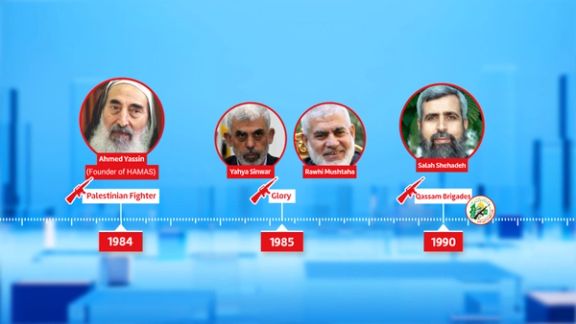
Embryonic Phase
The formation of the Qassam Brigades dates to 1984 when Ahmed Yassin, the founder of Hamas, established a small group called the Mujahidoun al-Flistinion (The Palestinian Fighter). The group's activities were exposed, leading to Yassin's arrest and a 15-year prison sentence. Just 11 months later, Yassin was released in a prisoner exchange and founded another armed organization called al-Majd (Glory) . The leaders of al-Majd were Yahya Sinwar, now a celebrity and on the top op Israel’s wanted list, and Rawhi Mushtaha. On February 16, 1989, Hamas forces abducted an Israeli soldier. Clues once again led to Sheikh Yassin, resulting in his return to prison. While Yassin was in prison, the new military organization of Hamas, Izz ad-Din al-Qassam, was set up in 1990, the initial cell was established in the Rafah, Gaza Strip. Its first commander was Salah Shehadeh, a holder of a brown belt in Japanese wrestling.
Many attribute the founding of the military wing of Hamas in the West Bank to Saleh al-Arouri, who currently resides in Lebanon. The initial military cell of Izz ad-Din al-Qassam in the West Bank was shaped under the leadership of Mohammad Abu Tir, once recognized for his distinctive ginger beard. The real powerhouse of Hamas' military muscle though is all happening down in the Gaza Strip.
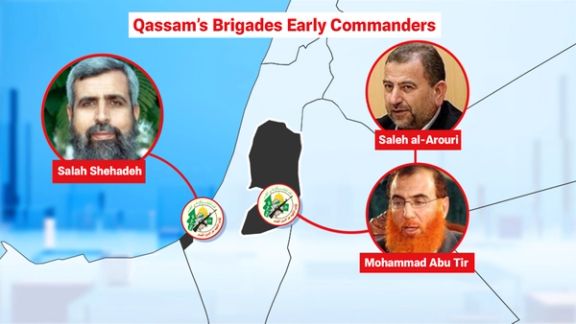
Mohammed Deif; The Mastermind In The Shadows
The top operator leading the Qassam Brigades is none other than Mohammed Deif, right up there on Israel's most-wanted list. For his own security he's never caught snoozing in one spot for more than a night, hence his alias "Deif" or "Guest." When Salah Shehadeh got taken out by Israel, Deif stepped up to be the position of commander. Despite numerous attempts to knock him off, he's said to be still around and operating as an elusive figure. Reportedly after Israeli airstrikes in Gaza, he is in a wheelchair and has lost an eye. Some even reckon that if he's still alive, spotting him is like finding a needle in a haystack. He is said to be the mastermind behind Hamas' operations and the architect of the intricate tunnel network beneath the Gaza Strip.

Can Qassam Brigades Be Eradicated?
The Qassam Brigades do not generally disclose the number of their forces, but this number is estimated to be between twenty to thirty thousand troops. This is more than double the estimate from twenty-three years ago.
A high-ranking Israeli military official reported on 1st December, 56th day of war, that at least 10 out of 24 Hamas battalions have suffered significant damage. Additionally, more than 50 mid-level commanders and an estimated 5,000 fighters are believed to have been killed. It indicates that there is still a long way to go to defeat the Hamas military wing. The intensive phase of the ground offensive is expected to continue into early 2024 as part of a year-long or more campaign planned by Israel against Hamas.
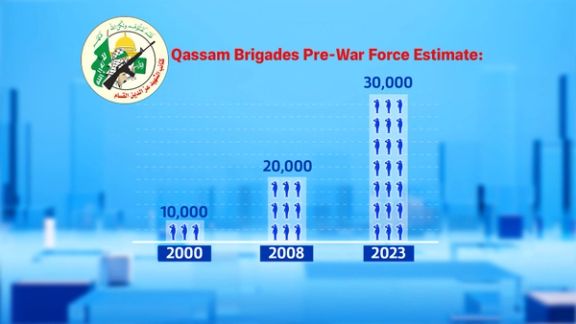
Israel has set its objective to eradicate Hamas, committed to pursuing this goal for as long as necessary. Nonetheless, in the event of successfully neutralizing Hamas and its military wing, there remains no foolproof guarantee that a different hardline faction won't rear its head. The Islamic Republic of Iran and its proxy groups in the region appear keen on providing support, both ideologically and financially, potentially paving the way for the emergence of a new player in the enclave.
To take down the Qassam Brigades, it’s crucial to squeeze their cash flow, especially those from Iran, their primary military supporter. According to Economist, Hamas's financial empire generates over $1 billion annually. $750 million of that $1 billion is believed to come from abroad, according to Israel’s official. This substantial funding is a key factor in sustaining Hamas's current stockpile of arms and resources. The United States estimates that Iran contributes $100 million annually to Palestinian Islamist groups, primarily in the form of military assistance. Israeli officials claim that a minimum of $500 million annually, originates from Hamas's investments, including firms registered in various countries across the Middle East.
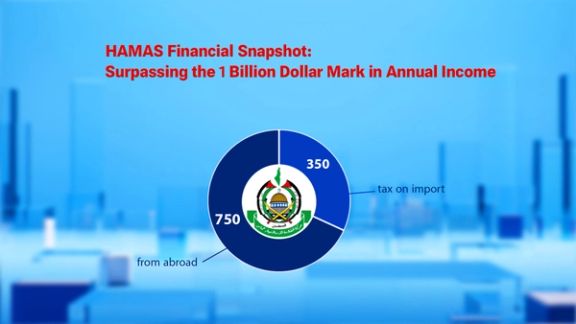
Getting on top of this challenge calls for a worldwide endeavor, intricately connected to both the ideological chessboard and the broader Palestinian puzzle -- a puzzle that has cast a devastating impact on both Israelis and Palestinians alike. As the Book of Proverbs wisely states, "The spirit of a man will sustain his infirmity; but a wounded spirit, who can bear?"
To wipe out the Qassam Brigades and dismantle Hamas for good or prevent the emergence of any other Islamic extremist group, three big challenges need to be tackled: their radical Islamist ideology, the Palestinian issue, andthe funding sustaining such entities. Navigating talks on Hamas-like ideological entity needs sharp minds, especially to figure out what the Islamic Republic of Iran's up to.
Even if Israel manages to get rid of Hamas, sorting out the Palestine problem means shaking up the peace talks and giving the two-state solution a fresh spin. Plus, putting a stop to Hamas's military wing needs a global effort, especially trimming their cash flow from Iran and Qatar. Post-Hamas, maintaining vigilant oversight is crucial to ensure Iran and its allies don't stir up any radical trouble, making sure that any peace process stays on track.